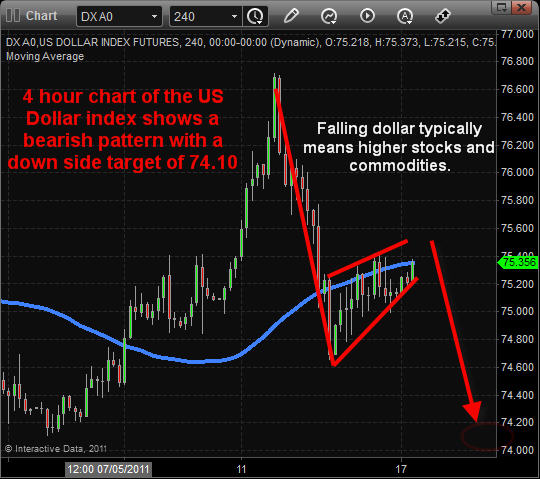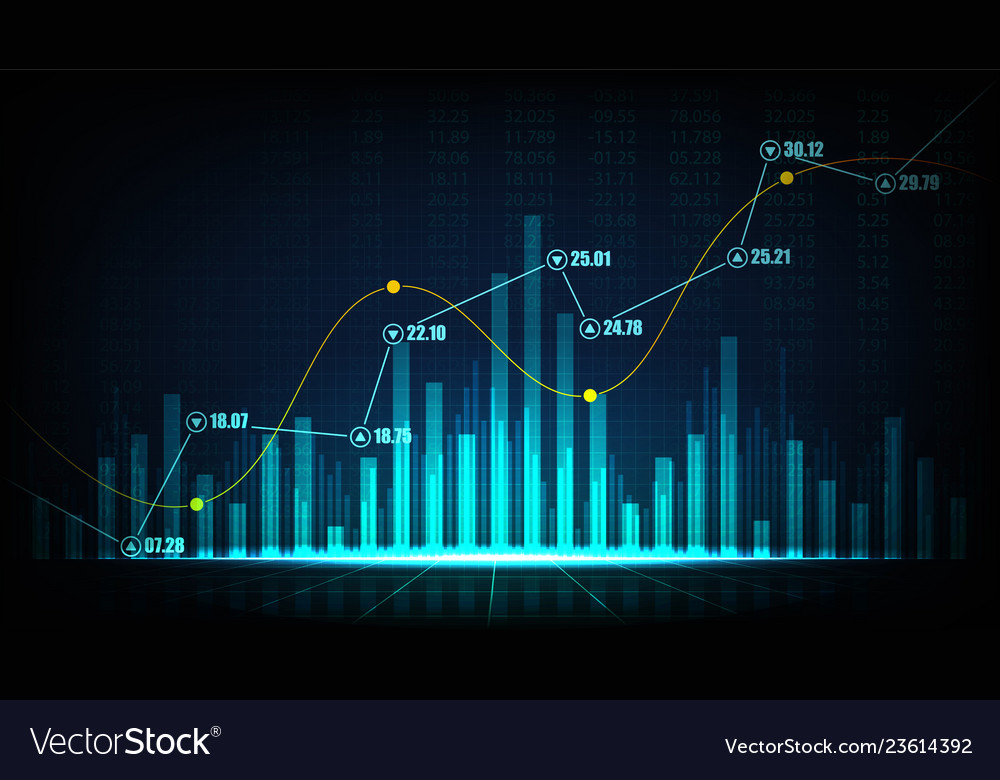

A more powerful system uses a combination of indicators to confirm one another. The theory is that individual indicators will provide false signals that could lead to poor entries and big losses. Is the stock you're watching moving up or down? Who is doing the buying or selling? When is a good time to get into a trade? To answer these questions, technical traders typically use multiple indicators in combination. It's important to understand support and resistance are merely psychological levels, but they can nevertheless be useful for traders who are developing a trading plan. It acts as a ceiling for stock prices at a point where a stock that is rallying stops moving higher and reverses course. Buyers will need more conviction to penetrate resistance levels in future rallies. Resistance is the exact opposite of support. If the stock does not penetrate support, this only strengthens the support level and provides a good indication for short sellers to rethink their positions because buyers will likely start to take control. At this inflection point, the stock puts in a low price that we call "support."Īfter a rally, if the stock reverses course once again and starts to come back down to test the support level, it will likely require significantly more conviction (i.e., volume) by sellers to penetrate the level and push down through support. At some point, the sellers stop selling, the buyers take control, and the stock starts rising again. It's a level where a stock trending down stops sinking and reverses course.

Support is essentially a floor for stock prices.

"(…) the bottom of a bear market by definition has to be the point of maximum bearishness, and from that point, the news doesn’t actually have to be good, it just has to be less bad than what has already been discounted in prices." stock market instinctively understood the significance of Midway, well before expert opinion or the conventional wisdom grasped its importance." (…) The war news was consistently bad, but nevertheless stocks worked higher." Another example of the wisdom of markets. "It’s interesting how well the stock market performed after mid-October in spite of another avalanche of very bad war news (…) it must have sensed the rising odds of the United States being drawn into the war. The black market was the most lucrative profession." Stocks, land, real estate, and businesses worked only if you had a very long-tern horizon. "In occupied Europe during World War II, all things considered, gold was the best asset to hide in, preserve wealth, and maintain some liquidity. stock market made a bottom for the ages." "Then in May 1942, just before the United States’ military fortunes in the Pacific improved, in the midst of the gloom and the bargains and at the point of maximum bearishness, the U.S. In his book "Wealth, War and Wisdom", Barton Biggs analyses equity markets behavior during the key events of World War II and the results are truly fascinating, as you can see in the charts below:ĭow Jones Industrial Average: 1929 - 1940 As an investment srategist, he had great respect for markets and their many pitfalls, and he never succumbed to the "doom and gloom" syndrom or to the "madness of crowds" trap. Barton Biggs was probaly one of the finest mind on Wall Street.


 0 kommentar(er)
0 kommentar(er)
